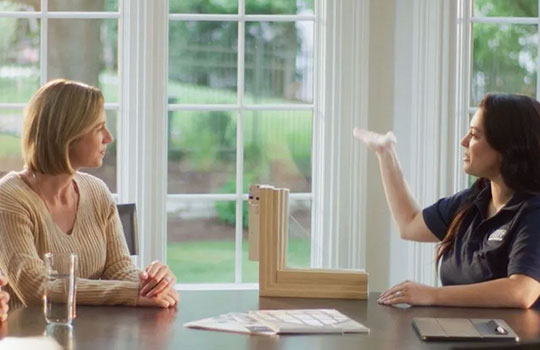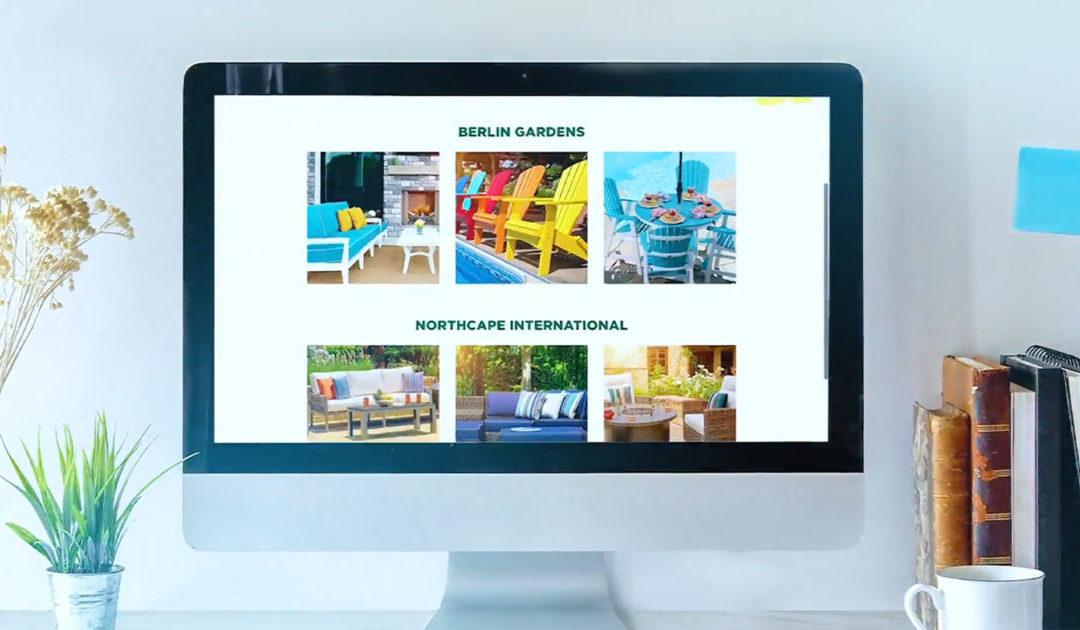As a marketing agency, we’re seeing today’s shoppers go digital like never before. Now, businesses of all sizes – including small shops that have traditionally been brick-and-mortar – are beginning to build online storefronts.
Easier said than done! Building an online storefront and marketing it can be intimidating, especially if you’re a small business and this is your first time diving into e-commerce. Where do you begin? What are the fundamentals of a good e-commerce experience? And once your online store is built… what next?
At MACLYN, we help small businesses build and market their online stores all the time, and we’ve learned plenty of lessons along the way.
Here are a few tips to help you rock e-commerce.
Tip #1: You don’t have to build your online store from scratch.
The first thing you should know about your online storefront is that you don’t have to build it from scratch. In fact, you shouldn’t! There are many great online storefront platforms that can seamlessly integrate into your website and be customized to your brand.
One industry leader in online business – our personal favorite – is Shopify. Shopify has packages that range from basic online storefronts to advanced features that scale to your business. As an all-in-one commerce platform, Shopify allows businesses to create online storefronts, sell products online or in-person, market products through digital integrations, and manage your inventory and shipping. It’s relatively easy to use. And, most importantly, it works.
Tip #2: Start by putting a limited inventory online.
If you’re an existing retailer with a large variety of inventory, and you’re just getting started in e-commerce, consider selling a limited number of products online to start.
Of course, you want to offer what people are looking to buy online, but that doesn’t mean you have to put your entire inventory online. You’ll save time and money by starting small and building from there.
Tip #3: Don’t just fill orders—create an order fulfillment strategy.
A LOT of things happen between the time a customer clicks ‘buy’ on you online store and when they actually receive their product. There’s the receiving, the processing, the packing, the picking, and the shipping. All these elements add up to Order Fulfillment.
By creating an Order Fulfillment Strategy – an outline of the process from purchase to shipping – you can tweak your formula to find new efficiencies, stay competitive and build customer loyalty.

Tip #4: How to set up your online store
Depending on how you build your online store – using Shopify or something similar –you will need to design and setup your storefront. This includes selecting a template, inserting your own custom branding, adding your inventory and more.
When you are setting up the store, it’s important to design it with user experience in mind. If you have a lot of products, think about how people will navigate the site and how they search for products.
You also need to add your inventory, including images and descriptions of what you are selling. For product images, you can use professional photography, vendor-supplied images, or take your own. In today’s world, you can find high-quality photo lights, or kits (like this) that will help enhance the quality.
You also need to set up your merchant services to process payment, add the online store to your website, and integrate your POS and inventory management system (if applicable).
Tip #5: Marketing online
Now that you’re built your online store, it’s time to market it! There are a variety of ways to market, and platforms like Shopify give you great tools to do this.
When marketing your online store, consider:
- Google search campaigns for keywords related to your product.
- Social media ad campaigns targeted to specific audiences.
- Optimizing your product descriptions and online storefront for SEO, making it easy for people to find you when they are searching.
- Utilizing automated tools in Shopify to run remarketing campaigns targeted based on what products consumers were searching, abandoned shopping cart email reminders, and more.
When all the pieces come together
There’s no one element that makes online marketing successful—it’s all about how the pieces fit together to build a seamless customer experience. That’s how you build loyalty, and that’s how you keep your customers coming back again and again.
Here’s an example of what happens when all the pieces come together:
- A customer sees an engaging ad and clicks it.
- They navigate your website easily – because of its stellar UX – and find just what they want.
- They easily make their purchase.
- They’re delivered the right product, on time, within their expectations.
- Your customer sees another engaging ad. Since they were so happy with their experience last time, they click it and buy another product.
Pro tip: If you can’t deliver on it, don’t do it. A bad customer experience is worse than no experience at all.
Want a guide for the new normal?
We know this is tough, but we can help. As your total marketing partner, MACLYN helps you tackle the challenges you face in the new normal, like getting into e-commerce for the first time. We bring together marketing expertise, business sense and a deep understanding of technology to help your business meet its goals.
Want to learn more? Schedule a free consultation with MACLYN today.

 The Meaning of MACLYN
The Meaning of MACLYN Our Team
Our Team
















 Brand Development
Brand Development Content Creation
Content Creation Graphic Design
Graphic Design Photography
Photography Web Design + Development
Web Design + Development Outsourced B2B Marketing
Outsourced B2B Marketing Strategy
Strategy SEO
SEO Search Engine Marketing
Search Engine Marketing Social Media Management
Social Media Management Content Marketing
Content Marketing Influencer Marketing
Influencer Marketing Videography
Videography Post-Production
Post-Production Screenwriting
Screenwriting Animation
Animation Earned Media
Earned Media Community Relations
Community Relations Crisis Communication
Crisis Communication



